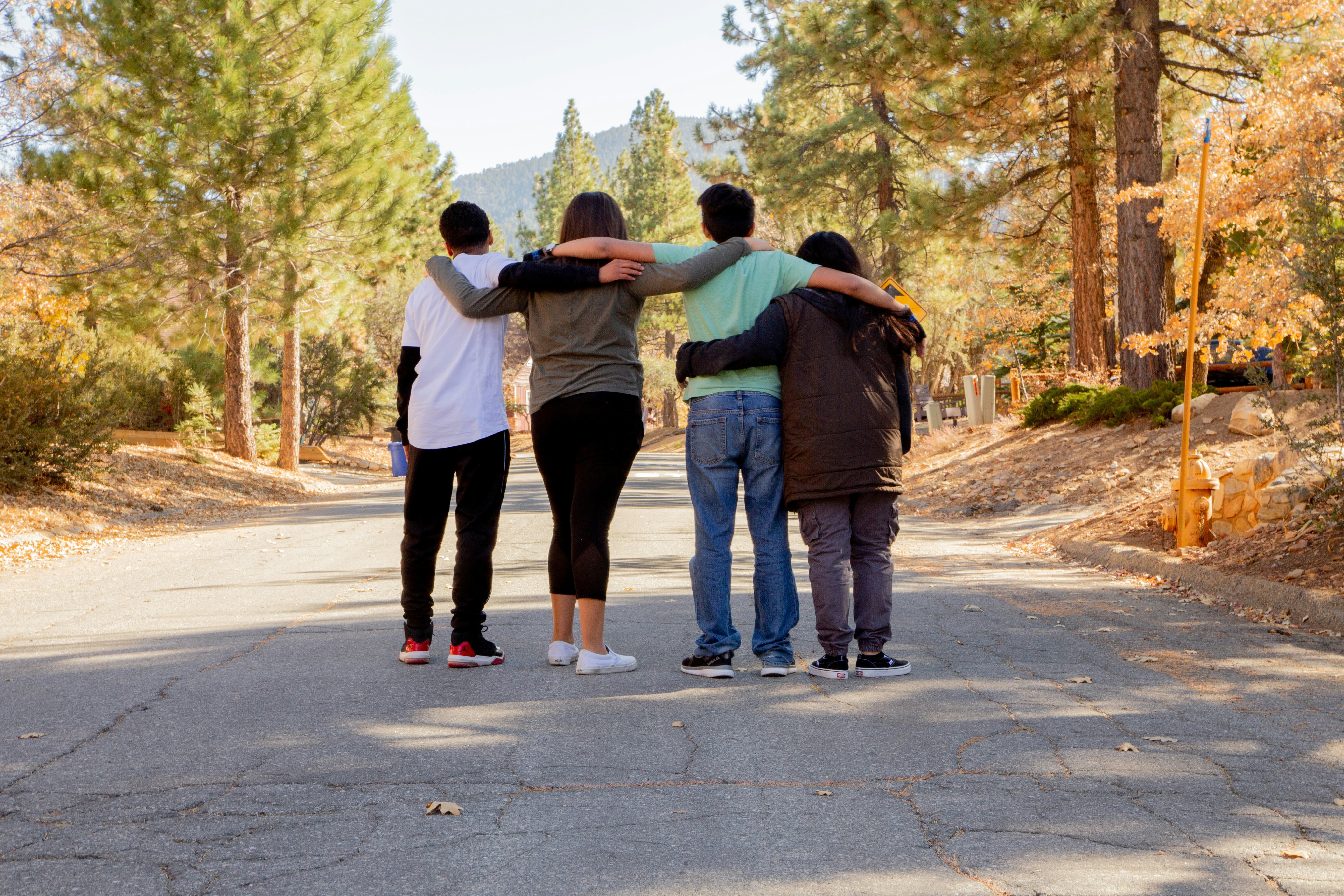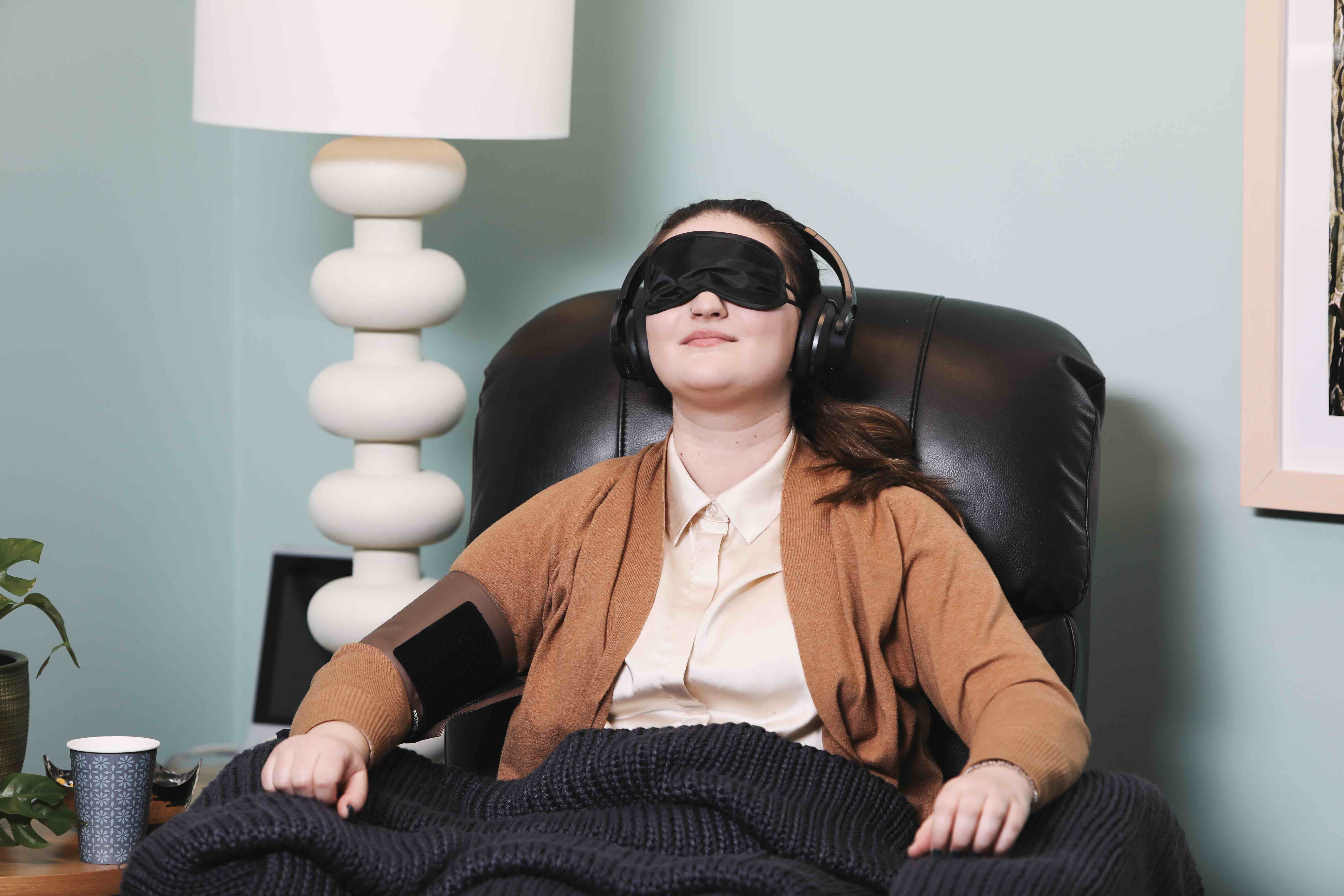What Loved Ones Notice During Ketamine Therapy
When a person begins ketamine therapy or esketamine (Spravato) treatment, they may not always recognize the early signs of change. Depression and other mental health conditions often narrow perception so deeply that even when improvement begins, it may feel invisible from the inside. As a result, nearby people such as family and friends are often the first to notice the subtle but important shifts. These observations can be both validating and encouraging, helping patients recognize progress they may not yet feel.
This blog explores three key areas where loved ones tend to notice change: mood, daily activities, and relationships.
Mood Shifts During & After Ketamine Sessions
One of the earliest signs families often report is a softening in mood. This doesn’t always mean happiness or excitement. Instead, loved ones might describe:
- Lightness in tone of voice: A patient who once sounded flat or monotone may show more inflection or energy when speaking. We call this prosody. There’s more meaning conveyed as the nuances of speech come back.
- Visible affect: Smiles, laughter, or even tears can return after periods of emotional blunting. The face can become more animated, connected to content, and communicative.
- Presence in conversation: Instead of brief or withdrawn responses, people may engage more fully. There are thoughts emerging from other thoughts. Something more automatic.
- Color returns: A person’s countenance can change – color can come back to the face, a blush to the cheek or a lightness to the eyes.
From a clinical perspective, these changes may reflect ketamine’s impact on neuroplasticity and emotional flexibility. But for families, the difference is often experienced simply as: “They seem more like themselves again.”
Daily Activities As a Part of The Course of Ketamine Treatment
Depression frequently drains energy, leaving people unable to perform even basic daily tasks. Family members may be the first to notice when small steps begin to return:
- Personal care: Regular showering, eating more consistently, or grooming habits improving.
- Household tasks: Preparing meals, tidying up, helping with kids or pets, or tackling chores that were previously overwhelming. These can happen automatically, as in, without thinking about it.
- Hobbies and interests: Picking up a book, playing music, or returning to creative or recreational activities.
- Reinvigorated spiritual life: ketamine can re-introduce awe and wonder. Some people may find that a return to a spiritual practice becomes more straightforward.
These changes may seem modest, but for someone with treatment-resistant depression, they can mark a profound shift. Families often recognize the significance of these “ordinary” activities as early signs of functional recovery.
Relationships Improving After Ketamine Therapy
Loved ones frequently notice improvements in relational dynamics before the patient does. This can include:
- Increased social engagement: Accepting invitations, making phone calls, or reconnecting with friends.
- Patience and tolerance: Less irritability, fewer arguments, or more willingness to listen.
- Emotional connection: Expressing affection, initiating conversations, or showing interest in others’ lives.
These shifts often emerge gradually, but they can feel dramatic to family members who have witnessed prolonged withdrawal. For parents, partners, or children, even small moments of reconnection can signal that healing is underway.
Guidance for Families Observing Change
While noticing improvement can be deeply hopeful, it is important for families to approach the process gently:
- Avoid pressuring recognition: Patients may not feel the changes yet. Pointing them out with curiosity (“I noticed you’ve been cooking again”) is often more supportive than insisting “You’re better now.”
- Celebrate small wins: Affirming progress, no matter how incremental, reinforces hope.
- Stay patient: Recovery is rarely linear. There may be days of regression alongside growth. What matters is the overall trajectory.
At Lumin Health, we remind families that their perspective can be invaluable. Noticing and naming these subtle changes can help patients appreciate progress that might otherwise go unseen.
Ketamine Treatment Through the Eyes of Loved Ones
Ketamine therapy often works in ways that are initially subtle to the patient. Families and friends play an essential role in noticing mood shifts, daily activity changes, and relational improvements. These observations are not just anecdotal; they are markers of real, functional progress.
For patients, hearing that a parent, partner, or friend sees them re-engaging with life can be a powerful mirror of healing. And for families, recognizing these changes can help sustain hope during the gradual process of recovery. At its best, ketamine therapy offers not only symptom relief for the patient, but also renewed connection for the people who love them most.







